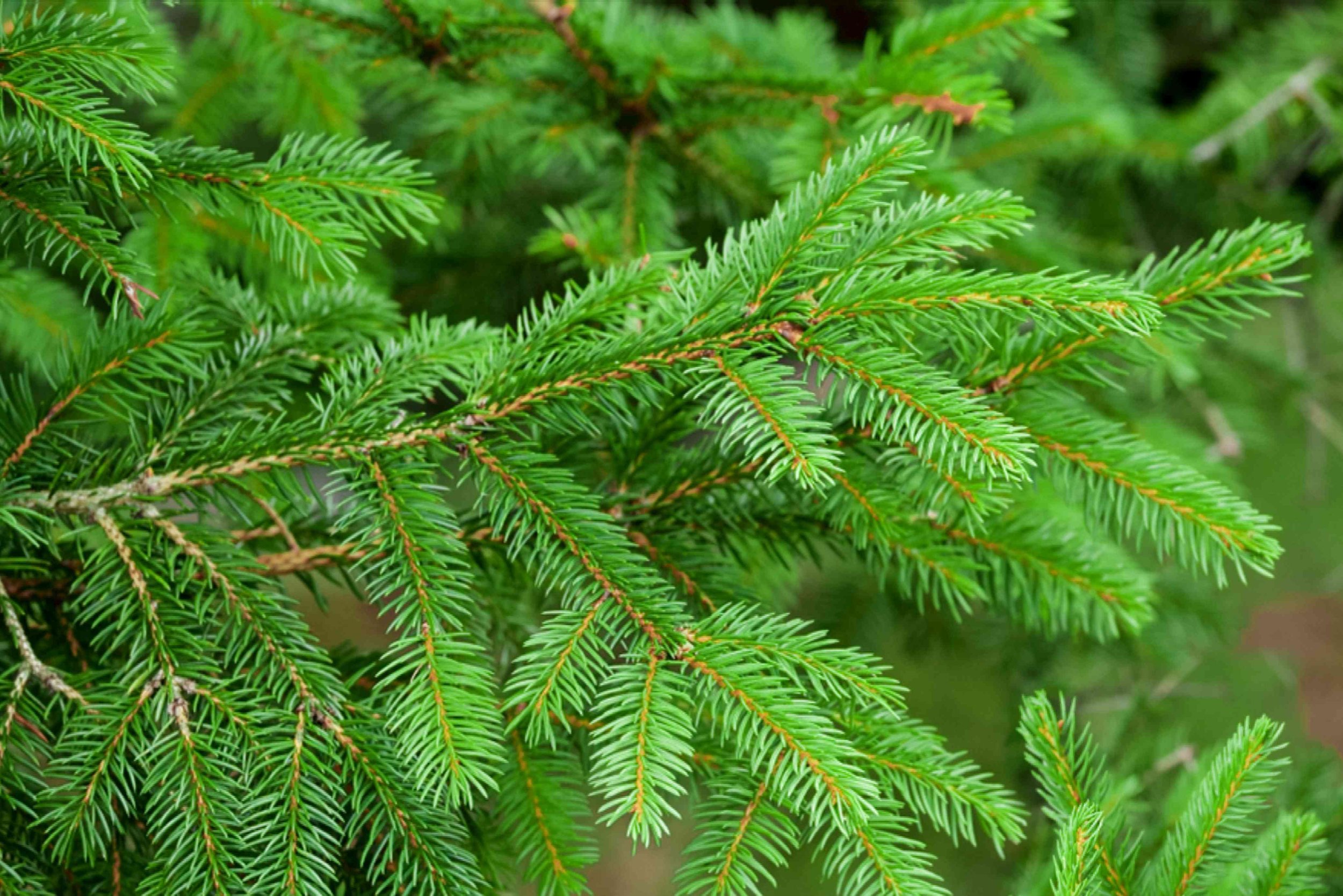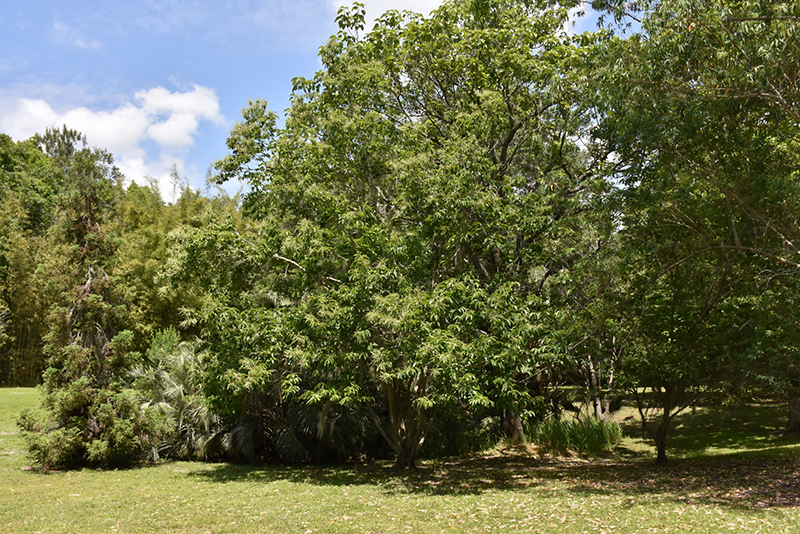
Height: 50 feet
Spread: 40 feet
Sunlight:
![]()
Hardiness Zone: 4a
Other Names: Castanea dentata x mollissima
Description:
A hybrid variety that is highly resistant to chestnut blight; this low-branched, dense tree produces delicious fruit in fall, excellent for roasting; nuts can be messy in fall; plant at least two Dunstans for best pollination and nut production
Edible Qualities
Dunstan Chestnut is a large tree that is typically grown for its edible qualities. It produces brown nuts with creamy white flesh which are usually ready for picking from early to mid fall. The nuts have a sweet taste and a fleshy texture.
The nuts are most often used in the following ways:
- Fresh Eating
- Cooking
Features & Attributes
Dunstan Chestnut features subtle clusters of creamy white catkins at the ends of the branches in mid spring. It has green deciduous foliage which emerges coppery-bronze in spring. The serrated pointy leaves turn outstanding shades of yellow, gold and harvest gold in the fall. It produces brown nuts from early to mid fall. The fruit can be messy if allowed to drop on the lawn or walkways, and may require occasional clean-up.
This is a dense deciduous tree with an upright spreading habit of growth. Its average texture blends into the landscape, but can be balanced by one or two finer or coarser trees or shrubs for an effective composition. This is a high maintenance plant that will require regular care and upkeep, and is best pruned in late winter once the threat of extreme cold has passed. It is a good choice for attracting squirrels to your yard, but is not particularly attractive to deer who tend to leave it alone in favor of tastier treats. Gardeners should be aware of the following characteristic(s) that may warrant special consideration;
- Messy
Aside from its primary use as an edible, Dunstan Chestnut is sutiable for the following landscape applications;
- Shade
- Orchard/Edible Landscaping
Planting & Growing
Dunstan Chestnut will grow to be about 50 feet tall at maturity, with a spread of 40 feet. It has a low canopy with a typical clearance of 3 feet from the ground, and should not be planted underneath power lines. It grows at a medium rate, and under ideal conditions can be expected to live for 80 years or more. This variety requires a different selection of the same species growing nearby in order to set fruit.
This tree is typically grown in a designated area of the yard because of its mature size and spread. It should only be grown in full sunlight. It is very adaptable to both dry and moist locations, and should do just fine under average home landscape conditions. This plant will benefit from an application of bonemeal and/or mycorrhizal fertilizer at the time of planting. It is particular about its soil conditions, with a strong preference for sandy, acidic soils. It is highly tolerant of urban pollution and will even thrive in inner city environments. This particular variety is an interspecific hybrid.

